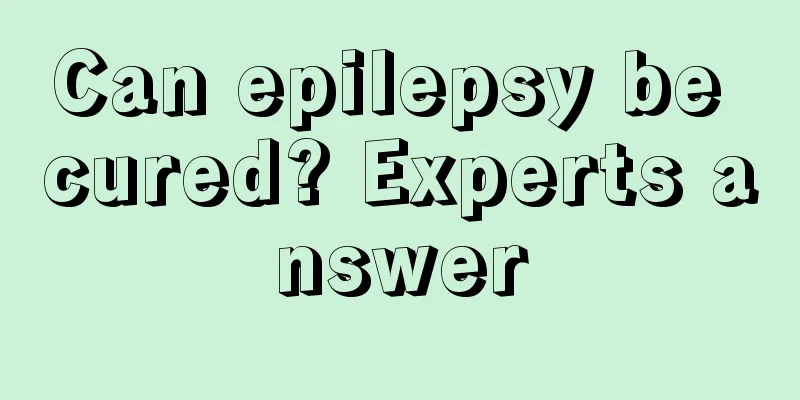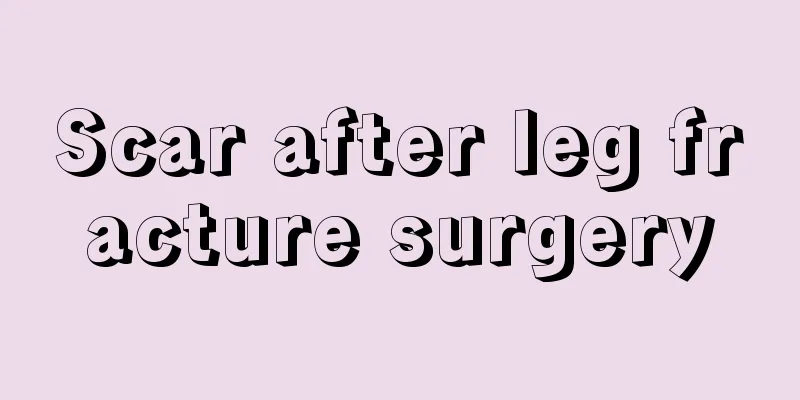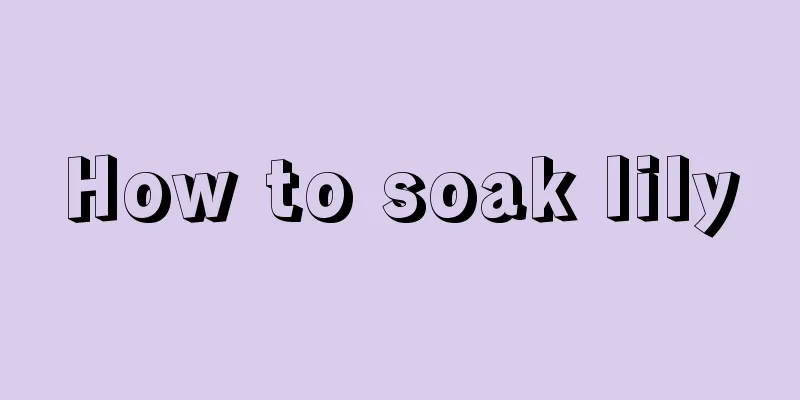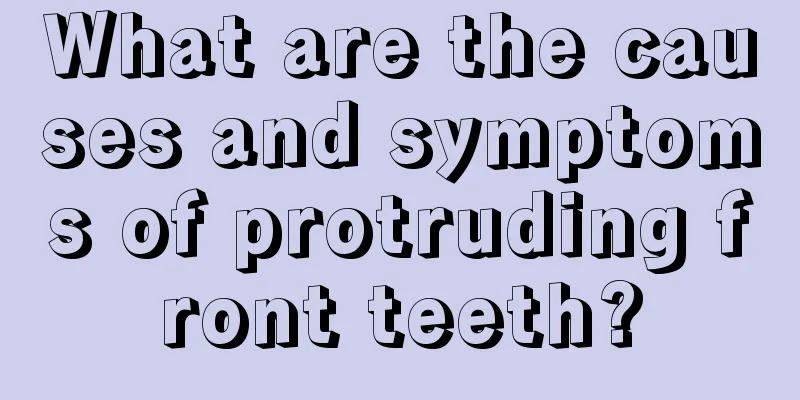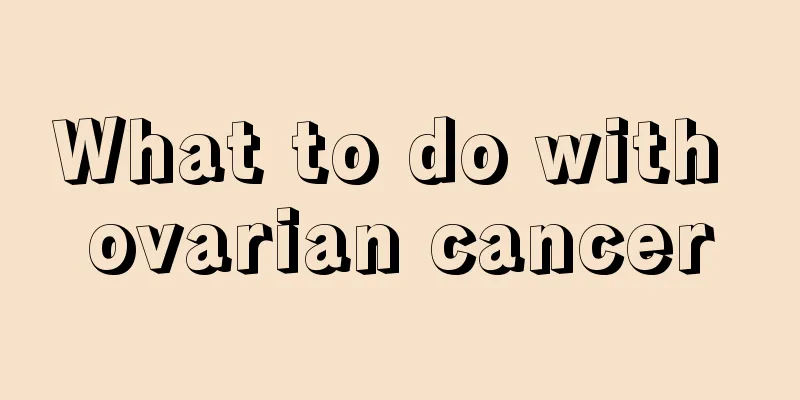What are the masticatory muscles?

|
The chewing function is vital to people's survival. Chewing can help people divide food and make it easier to digest. Chewing requires strong muscle strength to achieve. Therefore, the chewing muscles are also a very important part of the face. The chewing muscles are also a relatively complex collection, consisting of multiple separate muscle parts. Let's take a look at what the chewing muscles include? I hope everyone can understand it. There are four pairs of chewing muscles: masseter, temporalis, lateral pterygoid and medial pterygoid. They are strong and powerful, distributed around the mandibular joint. When contracted, they pull the mandible and perform chewing movements. Anatomy and composition The masticatory muscles are located between the mandible below and the temporal bone, maxilla, zygomatic bone and sphenoid bone above. They are the main muscles that move the temporomandibular joint for chewing. The masticatory muscles arise from the primary muscle mass of the mandibular arch, are innervated by the mandibular nerve branch of the trigeminal nerve, and are supplied with blood by the branches of the maxillary artery and the superficial temporal artery. The muscles of mastication include the masseter, temporalis, lateral pterygoid and medial pterygoid. Masseter The masseter muscle is rectangular in shape and extends along the entire length of the inferior border and medial surface of the zygomatic arch. Its muscle bundles can be divided into three layers, and the anterior parts of the three layers are connected to each other. ① After the layer moves downward, it stops at the lower half of the mandibular angle and the outer side of the mandibular ramus; ②The middle layer runs downward and ends at the middle part of the outer side of the mandibular ramus; ③The deep layer ends at the upper part of the outer side of the mandibular ramus and the coronoid process. There is a certain amount of cross-talk between the middle and deep muscle bundles. The masseter muscle is innervated by the masseteric nerve from the anterior trunk of the mandibular nerve. Function: Lifts the mandible during chewing, has little effect when at rest. Temporalis muscle The temporalis muscle is fan-shaped and originates from the temporal bone and deep surface of the temporal fascia in the temporal fossa. The muscle bundles converge downward and migrate to become tendons, passing through the deep surface of the zygomatic arch and ending at the tip, lateral surface, anterior edge and posterior edge of the coronoid process of the mandible. This muscle is innervated by the deep temporal nerve from the anterior trunk of the mandibular nerve. Function: Lifts the mandible upward and pulls it backward; participates in the lateral movement of the temporomandibular joint. Lateral pterygoid muscle The lateral pterygoid muscle is short, thick, and has two heads, arising from: ① Below the greater wing of the bone, ②The lateral surface of the lateral plate of the pterygoid process of the sphenoid bone. The muscle bundle runs posteriorly and outwards, inserting into the pterygoid groove in front of the mandibular neck and the joint capsule and articular disc of the temporomandibular joint. This muscle is innervated by branches of the anterior trunk of the mandibular nerve. Function: Pull the mandibular head, joint capsule and articular disc forward; the muscles on both sides contract simultaneously, resulting in opening of the mouth and protrusion of the mandible; the unilateral muscles contract (simultaneously with the medial pterygoid muscle on this side) to turn the chin to the opposite side. The muscles on both sides contract alternately in this way to complete the chewing movement. |
<<: How much water should I put in when washing my face with white vinegar
Recommend
How many courses of chemotherapy are needed after gastric cancer surgery
Generally, if the patient undergoes radical resec...
Gastric cancer warning, 4 types of malignant changes in the stomach, you must seek medical treatment immediately
According to current domestic clinical statistics...
How can I refresh myself
Nowadays, whether students or office workers, eve...
How to wash oil stains on clothes
Now that the weather is getting cooler in autumn,...
Late symptoms of esophageal cancer
The symptoms of late stage esophageal cancer are ...
How to store butter?
How long can butter be kept? In fact, the shelf l...
How to remove black moles on the face?
Many people have moles on their faces or bodies. ...
We should pay great attention to the nursing work of colon cancer
Colon cancer is a tumor disease that is relativel...
Does cognitive impairment affect memory?
Since many disorders are not well understood, few...
What medicine should I take for constipation after colon cancer surgery
The first symptom of colorectal cancer is blood i...
Disadvantages of single-leg squat
In fact, doing some squats regularly can not only...
What are the symptoms of molluscum contagiosum?
We need to know more about the symptoms of some c...
Can small cell lung cancer be cured?
Can small cell lung cancer be cured? Many people ...
How to treat advanced lung cancer? Chinese medicine is the first choice for advanced lung cancer treatment
Everyone is very familiar with lung cancer, and t...
How to determine the symptoms of lung cancer? 4 symptoms of lung cancer can be seen
At present, lung cancer is becoming a common dise...


